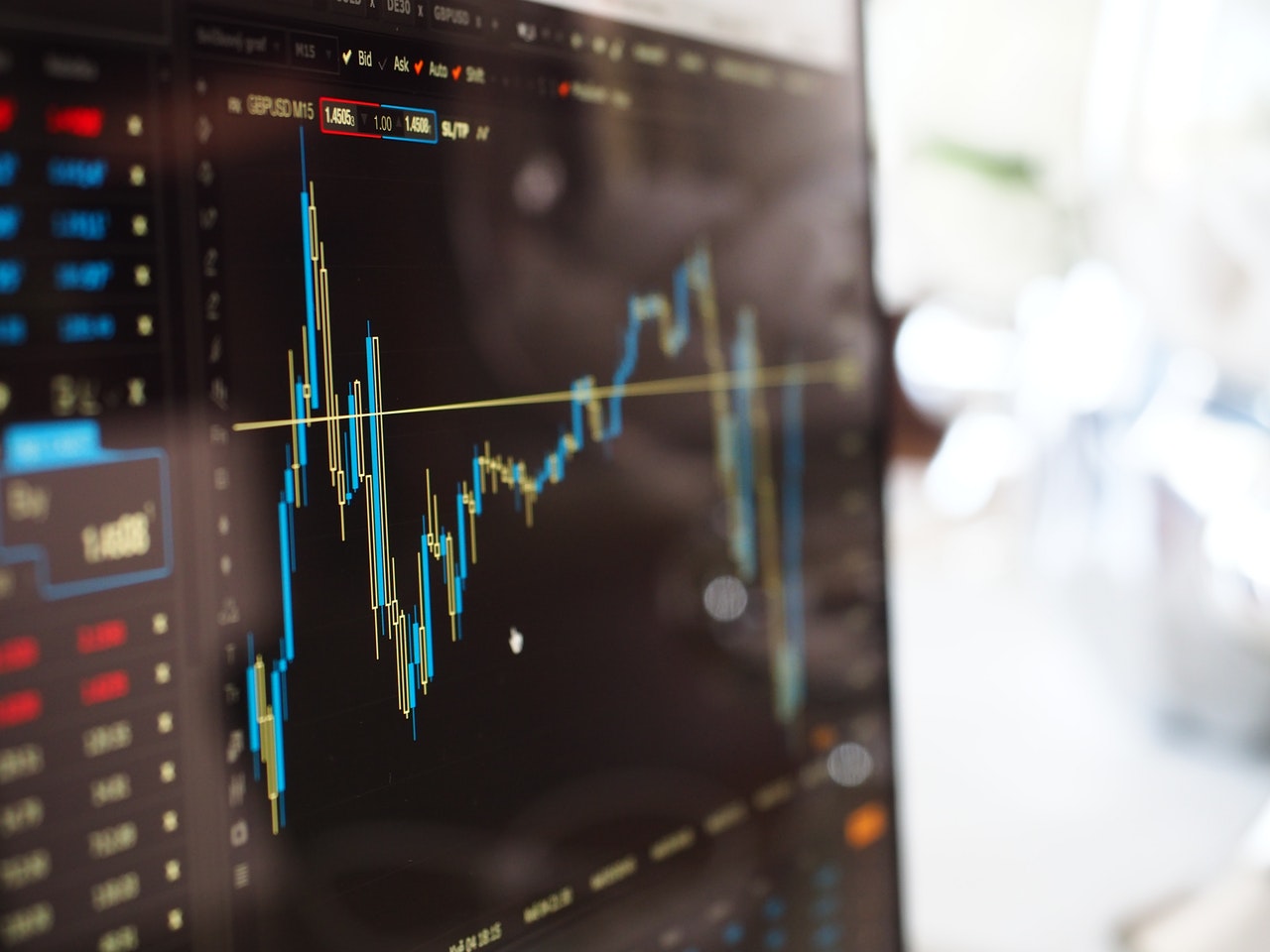Sudden Financial market movements can be unnerving for even the most hardened investor, and it’s difficult not to panic when trends in the market take a downturn. Unfortunately, it’s not unusual to see investors over react in volatile markets, unnecessarily selling various quality assets only to realise capital gains or even taking the extreme step to sell out of the market entirely.
Investors need to accept that investment markets can often be subject to periods of high volatility during which their confidence can be significantly tested.
So, what can investors better understand to help alleviate some of the concern during these downturns.
Firstly, that Volatility is a normal part of any investment cycle.
From time to time investors will react nervously to external forces such as changes in economic conditions, political uncertainty and prevailing business conditions. Financial markets dislike uncertainty, and investors are also prone to over-react to events that cloud the short-term outlook. Investor sentiment can be heavily influenced by the prevailing messages in the market, it is important to take a step back in these periods and keep a level head as there are traditionally opportunities in such conditions. Understanding investment cycles allows investors to begin to exploit lower prices rather than lock in losses by selling based on emotion rather than logic.
Market corrections can create attractive opportunities as a stock market correction can be a good time to invest in equities as valuations become more attractive, giving investors the potential to generate above-average returns when the market rebounds. Some of the worst historical short-term stock market losses were followed by a strong rebound.
Inexperienced Investors should also refrain from selling down their assets in their entirety with a view to re-entering the markets when conditions improve; those who remain invested typically benefit from the long-term uptrend in stock markets. When inexperienced investors try to time the market they can run the risk of denting future returns by being out of the market and missing the best recovery and the most attractive buying opportunities that are often a feature during periods of pessimism.
Understand the benefits of Diversification. Volatility can make Asset allocation very difficult to perfect as market cycles can be short and subject to bouts of volatility. Investors can spread the risk associated with specific markets or sectors by investing into different investment options to help mitigate the likelihood of concentrated losses. Defensive assets traditionally have a role in most investment portfolios. They are often used to help smooth the overall portfolios return and ensure other elements such as the liquidity of the portfolio, reducing any need to sell out of risker assets when values are diminished.
Don’t get lost in the emotional hype. Whether seeking to buy best performing assets or to sell down when times are at their toughest, don’t be swayed to what you see and hear around you as often the opportunity to gain value from these steps is often long gone. The key is not to react emotionally, don’t let the euphoria or undue negativity of the market cause you to compound the problem through a rash decision. One of the most serious investment implications of following the herd is that investors end up buying when prices are high and selling when prices are low.
Ensure you are reinvesting the income received through your investments to increase the overall return. Reinvesting dividends can provide a considerable boost to total returns over time, thanks to the power of compound interest.
To achieve an attractive total return, investors need to be disciplined and patient, with time in the market perhaps the most critical yet underestimated ingredient in the winning formula. Regular dividend payments also tend to support share price stability and dividend-paying assets can help protect against the erosive effects of inflation.
For some investors the need to generate regular stable income is of greater importance. While the value of the asset may fluctuate in volatile times, the value of investing in quality, dividend-paying assets for regular income remains of paramount importance. Sustainable dividends paid by high quality, cash-generative companies can be especially attractive, because the income element tends to be stable even during volatile market periods.
The benefits of regular investing also make sense. it makes sense to regularly invest a certain amount of money in a fund, for example each month or quarter. This approach is known as dollar cost averaging. While it doesn’t promise a profit or protect against a market downturn, it can help lower the average cost of fund purchases.
This approach may not make sense to the average investor however it is precisely at a time of reducing prices when some of the best investments can be made, because asset prices are lower and will benefit more from any market rebound.
What happens behind the scenes with quality fund managers that can be very successful during these times is Active investment. When volatility increases, the flexibility of active investing can be especially rewarding compared to the rigid allocations of passive investments. In particular, volatility can introduce opportunities for bottom-up stock-pickers, especially during times of market dislocation.
Remember, too, that the stocks you do not own in a fund can be as important as the ones you do own. There are companies in every stock market that are poorly managed or which suffer from fundamentally difficult outlooks; active managers can avoid these stocks. Moreover, the value added by avoiding some of the worst stocks in the market builds over cycles and with the passage of time, making research-driven active strategies particularly appealing for long-term investors.
Flight or Fight… or seek a third option
There are two principal behavioural biases that can kick in during times of market stress, causing investors to capitulate and sell at the wrong time for the wrong reasons: herding and loss aversion. The urge to do as others are doing is a particularly powerful bias in human behaviour that is not always helpful in investing.
More seriously, following the herd means that investors end up buying when prices are high and selling when prices are low. This is known as ‘chasing the market’ – a terrible investment strategy. In reality, it is typically better to do the opposite, buying when others are fearful and prices are low, and selling when other are greedy and prices are high. The best investors know this but for many of us, going against the herd feels very difficult as we have to fight our emotions.
The second bias, loss aversion, is one of the most significant behavioural biases that can affect investment. Experiments show that people take the safe option in gambles that involve gains, but take risk in gambles that involve losses, and that we feel the pain of a loss twice as deeply as the happiness from a gain.
In summary, feeling uneasy during times of volatility is only natural, however always try to remember to take a longer term view, and at the very least appreciate that if your asset allocation is aligned correctly to your risk profile, to a large extent your portfolio should reflect allocations that are already factoring in various levels of volatility that are normal in any investment cycle.



